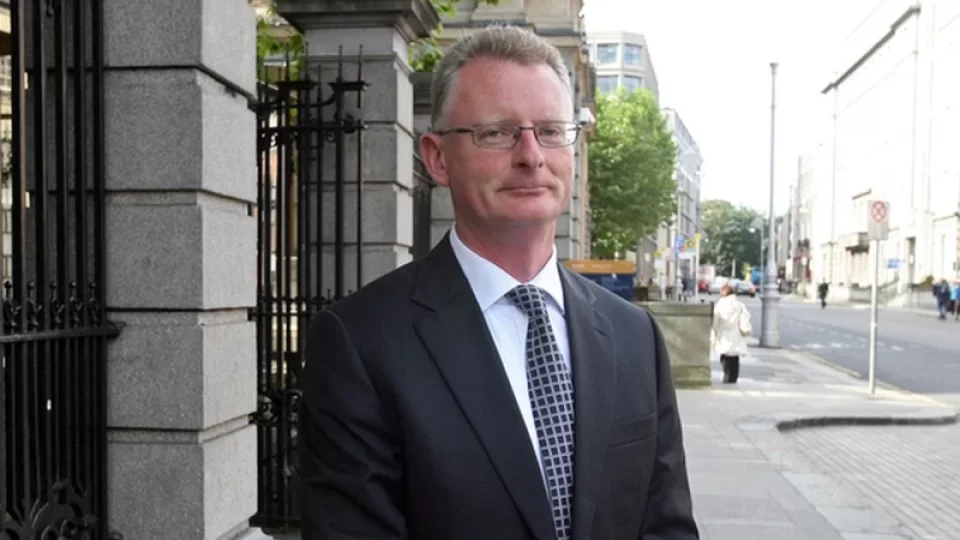
Carbon budgets needed to achieve climate targets
Chambers Ireland, the voice of business throughout Ireland, says carbon budgets must become a fundamental component of decision-making within public bodies if Ireland is to achieve its climate targets.
Ian Talbot, Chief Executive of Chambers Ireland, speaking to the Oireachtas Joint Committee on Environment and Climate Action on Friday, January 13 said, “State decisions play a crucial role in facilitating businesses and the public to engage in climate-friendly behaviours. However, successive Governments have failed to take adequate action to reduce our climate impact.”
He added, “Carbon budgeting must be used to support the development of projects and policies that aid decarbonisation but must not become a tool for simply allocating CO2 emissions.
“If we in the business community, and all of us in our wider society, are to be able to transition to less polluting alternative energy sources, we need the State to have laid the groundwork to ensure that those alternatives are available. There’s little point trying to send out market signals through the price mechanism if more environmentally sustainable substitutes are not available.”
Talbot said years of inadequate decision-making had resulted in unnecessary carbon emissions that would persist for decades to come.
“When communities are planned without integrated public transport networks and active transport links, the State relies on people using cars to fill in the gap where those services ought to be. When housing estates are built with no pedestrian access to shops and schools, that is the State locking in decades of transport associated CO2 emissions.”
Carbon budgets would help to remedy this by no longer allow administrations to defer action. The rolling five-year budgets would require immediate action and to this end it needs to become a key element of both the planning process, and the planning programmes of Government.”
He highlighted the ‘Housing for All’ programme as an important example of how the State must account for the direct and indirect carbon emissions that follow the implementation of major infrastructure projects.
“The 300,000 housing units that will be built over the next few years as part of “Housing for All” will, in general, stand for at least a hundred years. Where they are located, what services are available to them within a fifteen-minute walk, will determine what a century of emissions will look like.”
– ENDS –



